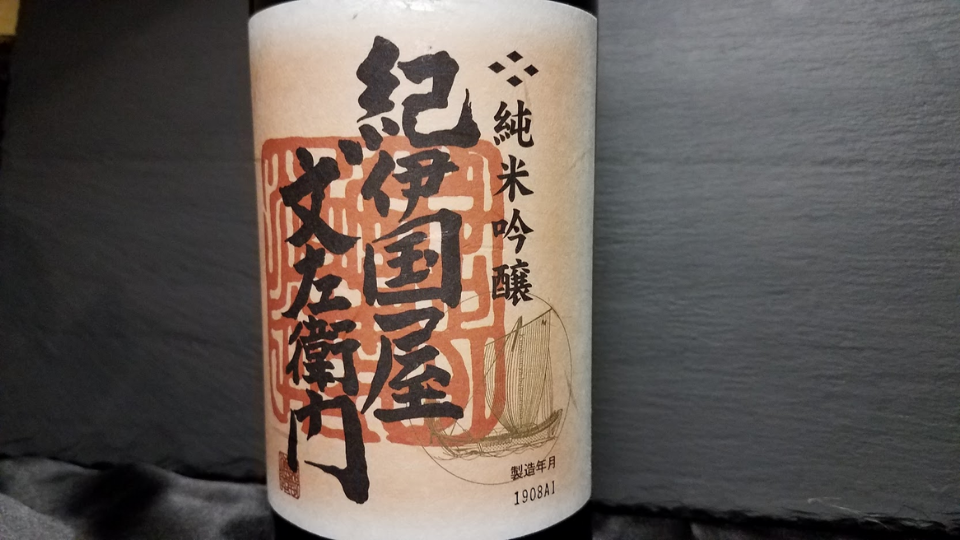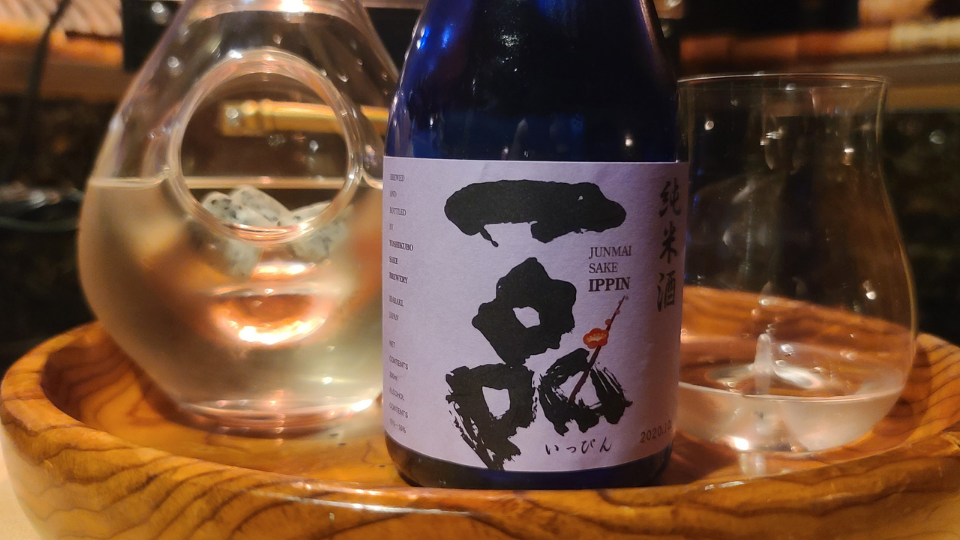WHERE THE PAST IS ALWAYS PRESENT
Out of 47 prefectures (states) in the main Island of Japan, Wakayama ranks 30th in terms of size. They say size does matter, but what it lacks in size for this prefecture, makes up for it in its historic wealth and existing functions. This is where you go to put the world on pause and soak in the panoramic coastal vistas, medieval castles, and rejuvenate in its sacred fertile land. Wakayama, south of the bustling foodie city of Osaka, was once a major importer and source of Mandarin Oranges. It also claims it’s the mecca of rice growing on the main island of Japan, although I’m sure that would be debatable as rice is the most important crop grown everywhere. Regardless, let’s talk sake and get to how this richly brewed rice wine is crafted and what makes Wakayama, a source for some of the most sought after voluptuous style sakes produced in the country.
RISKY BUSINESS
Named after one of the most famous business tycoons from the Prefecture Wakayama, Toshio Nakano who made a fortune in the Edo period ( 1600’s). Known as a fearless entrepreneur, he would risk his life to transport “LOADS” of goods, mainly mandarine oranges, in a momentous period when Edo was characterized by economic growth, strict social order, and isolated from foreign policies. As most “Bosses” in a harsh dictatorship, they would need a shelter to cover their business negotiations of the day. Toshio brilliantly owned a soy sauce brew factory that became the best and largest in the state. No pun intended, but I sure would want to know what brewed on in there. Well, because of the postwar demand for alcohol numbing medicine, he was also the first to produce shochu (basically rice vodka ) in Wakayama in his brew factory. Whatever strategy he used, the brewery never laid to rest. 300 years later, the 20th century saw the resurrection of Toshio Nakano’s own dynasty. Since 1949 it has been under the umbrella of Nakano BC. CO. LTD.
SOMETHING BREWING
I understand the meaning of CO (company) and LTD (limited liability company), but I’m going to put my own acronym to it…”LTD CO” ( Living The Dream Company). Presently Nakano BC concept is a compilation of different brewing businesses, continuing in Toshio’s legacy and proudly considered a world heritage site. What doesn’t exactly sell me on this bottle of sake is the fact that BC stands for “Biochemical Creation”. Someone needs to organize a boardroom intervention, and workout a more captivating name that consumers would be more comfortable identifying with. The name just makes me think of sake made in Chernobyl. I wouldn’t really be driven to sign up for ANYthing they offer; just a thought.
DECIPHERING THE NAME
As usual, the Oriental language carries local names from traditions but will also have somewhat loosely translated names that can go mainstream. This bottle is paying homage to Toshio Nakano who was a “Kinokuniya Bunzaemon” which is defined as a Japanese merchant of the Edo period, specializing in citrus, lumber, and salmon, among other goods. Inturn centuries later the brewery reestablished itself under the banner as Nakano BC. CO. LTD.
What I love about this brewery is that it uses two types of rice: Omachi, the oldest known sake rice strain in Japan with no genetic cross-breeding. It creates sakes that are layered, earthy, diversified, and herbal. The second rice is Yamadanishiki and is used for its Kojima (rice for malt) and gives it more body but tames it with a slight tartness. It’s kind of like giving a fatty dish a squirt of lemon to brighten it up for the balance of flavors. After the two kinds of rice, fermented to make this sake the toji (chief sake brewer) adds his special dose of raw unrefined sake called maromi. This makes it a Ginjo because the toji adds his signature made alcohol to ultimately create his style blend. The maromi is made from the Dewasansan rice strain that has a pronounced grassy white pepper nuance.

WAKAYAMA CASTLE Geoff Whalan Flickr
NAKANO JUNMAI GINJO KINOKUNIYA BUNZAEMON
The sake is slowly brewed at a low temperature, which allows the sake time to develop a full deep body. This Junmai Ginjo sake was designed to be gentle tasting with 1.6% acid and yet with only 55% rice polishing is robust in flavor. When it hits the palate it is featherweight and bright with sweet citrus, and ripe yellow cherries. Then as you draw it to the mid-palate the flavors stretch out on both sides with earthy tones of white mushrooms, fresh lemongrass and thyme, and lemon scones to coat it. On the finish, the taste mellows and pulls out the sweetness of rice. This is an engaging sipping sake for its body accented with fragrant savory and bright aromas. I recommend drinking it lukewarm to enjoy its pleasant characteristics. With plenty of body, it can pair with lightly seasoned meats, but can also just stand-alone at your next party.
For $25 you get plenty of flavors offered and plenty leftover in your wallet to tap into your inner Tycoon. Do you like your sake full and fat or light and lean?
Ciao! Hope you enjoyed the article please comment below Love your feedback.
Thank you and remember Taste Small Live Big!
Follow me on Instagram @allaboutsake



